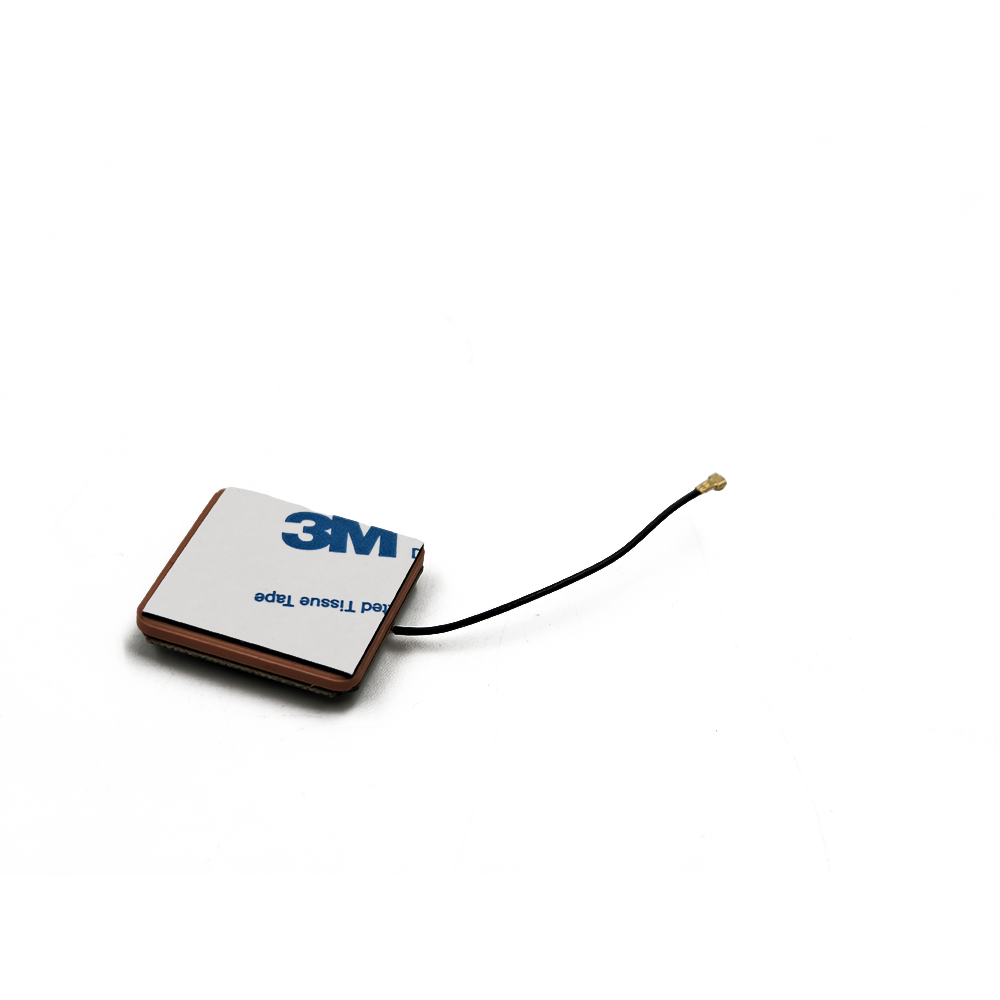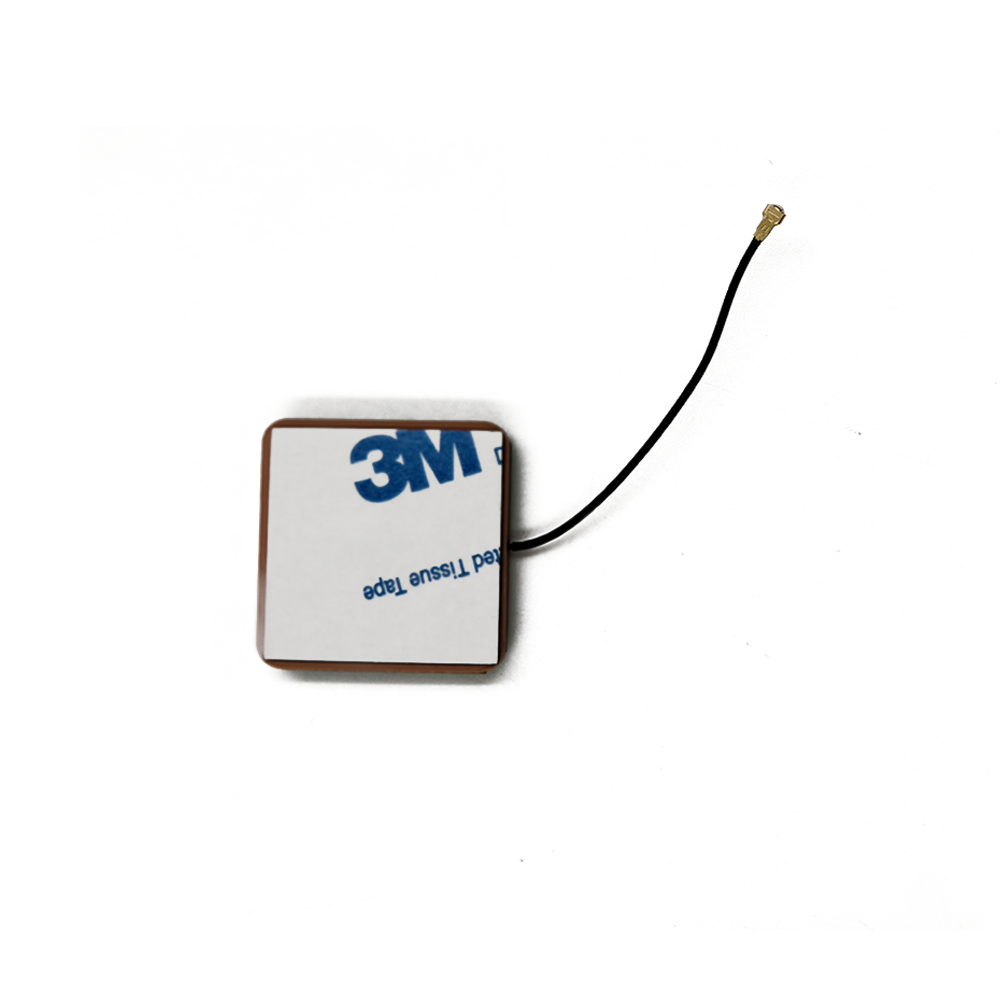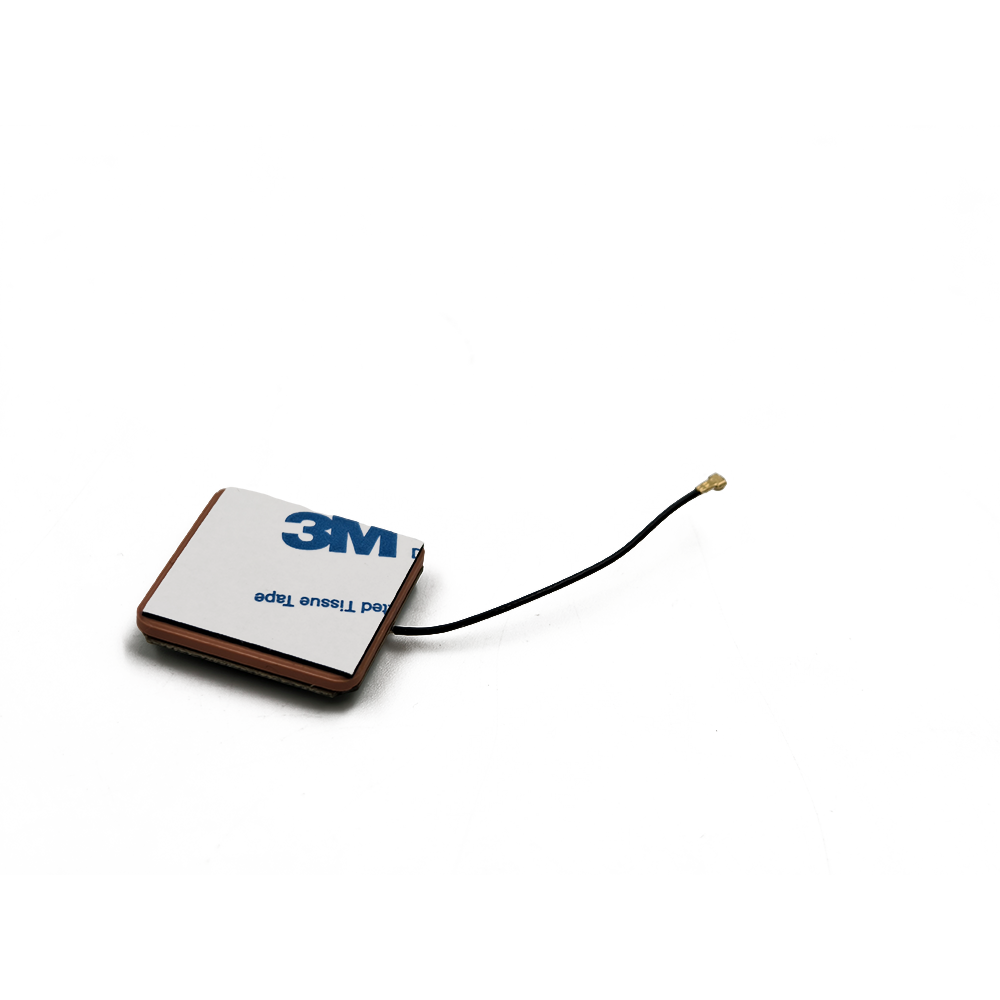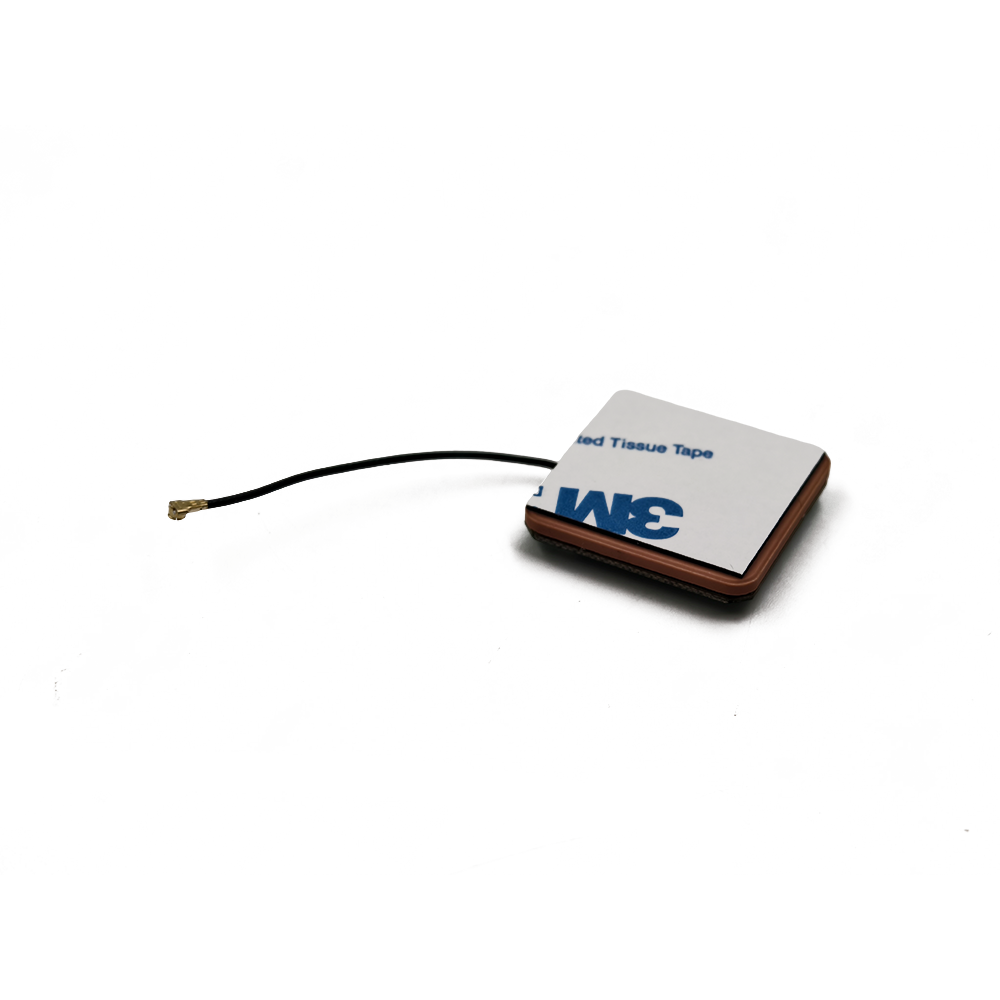Applications
Embedded ceramic patch GPS antenna solutions have a vast range of applications across multiple industries. In the consumer electronics sector, they are widely used in smartphones, tablets, and wearable devices. These devices rely on GPS for location - based services such as navigation, location sharing, and geotagging of photos and videos. The embedded antenna's compact size and high performance make it possible to integrate accurate GPS functionality into these small - form - factor devices, enhancing the user experience.
In the automotive industry, embedded ceramic patch GPS antennas are essential components of vehicle navigation systems, advanced driver - assistance systems (ADAS), and vehicle - to - everything (V2X) communication systems. They enable real - time traffic information, precise route planning, and collision avoidance. The durability of the embedded antenna ensures reliable operation in the harsh automotive environment, withstanding vibrations, temperature fluctuations, and exposure to moisture.
The industrial sector also benefits significantly from embedded ceramic patch GPS antenna solutions. In industrial IoT applications, these antennas are used for asset tracking, inventory management, and remote monitoring of equipment. They enable companies to keep track of the location and status of their assets in real - time, improving operational efficiency and reducing costs. For example, in a large warehouse, embedded GPS - enabled tags on inventory items can be tracked using these antennas, allowing for more accurate inventory management and faster retrieval of items.
In the aerospace and defense industries, embedded ceramic patch GPS antennas are used for aircraft navigation, satellite communication, and unmanned aerial vehicle (UAV) operations. The high - precision positioning and reliable performance of these antennas are crucial for ensuring the safety and effectiveness of these applications.
Future Trends
Looking ahead, several future trends are emerging for embedded ceramic patch GPS antenna solutions. One trend is the integration of multiple satellite navigation systems. In addition to the traditional GPS, there are other global navigation satellite systems (GNSS) such as GLONASS (Russia), Galileo (Europe), and BeiDou (China). Future embedded antennas are likely to be designed to receive signals from multiple GNSS simultaneously, providing more accurate and reliable positioning information. This multi - GNSS capability will enhance the performance of devices in challenging environments, such as urban canyons or areas with limited satellite visibility.
Another trend is the development of antennas with wider bandwidths. As GPS technology evolves and new frequencies are introduced, as well as the integration of other wireless communication technologies, there is a need for antennas that can operate over a broader range of frequencies. Wider - bandwidth antennas will not only be able to handle signals from multiple GNSS but also enable the integration of additional features such as real - time data communication, which is essential for emerging applications like 5G - enabled IoT devices and autonomous vehicles.
The miniaturization of embedded ceramic patch GPS antennas is expected to continue. With the increasing demand for smaller and more compact devices, manufacturers will strive to make these antennas even smaller while maintaining or improving their performance. This may involve the use of new materials, advanced manufacturing techniques, and innovative antenna designs, such as metamaterials or fractal geometries, which can achieve high performance in a smaller footprint.
There is also a growing interest in integrating embedded ceramic patch GPS antennas with other sensor technologies. For example, combining GPS with inertial measurement units (IMUs), LiDAR sensors, or computer vision systems can create more robust navigation and perception systems for devices. This integration will enable devices to have a better understanding of their environment, improving their ability to navigate autonomously, avoid obstacles, and perform complex tasks with greater precision and reliability.
Conclusion
In conclusion, embedded ceramic patch GPS antenna solutions have become an indispensable part of modern GPS - enabled devices, offering a combination of compact size, durability, high - performance, and excellent integration capabilities. These solutions have enabled the seamless incorporation of accurate positioning functionality into a wide range of products across various industries, enhancing their functionality and user experience.
However, the challenges associated with interference, limited space, environmental factors, and manufacturing consistency cannot be ignored. Overcoming these challenges will be crucial for the continued development and improvement of embedded ceramic patch GPS antenna solutions.
Looking to the future, the applications of these solutions are expected to expand further, driven by emerging trends such as multi - GNSS integration, wider bandwidths, continued miniaturization, and integration with other sensor technologies. As technology continues to evolve, embedded ceramic patch GPS antenna solutions will play an even more important role in enabling accurate and reliable location - based services, opening up new possibilities for innovation and growth in various industries.




































































 Language
Language
 En
En Cn
Cn Korean
Korean

 Home >
Home > 








 18665803017 (Macro)
18665803017 (Macro)













